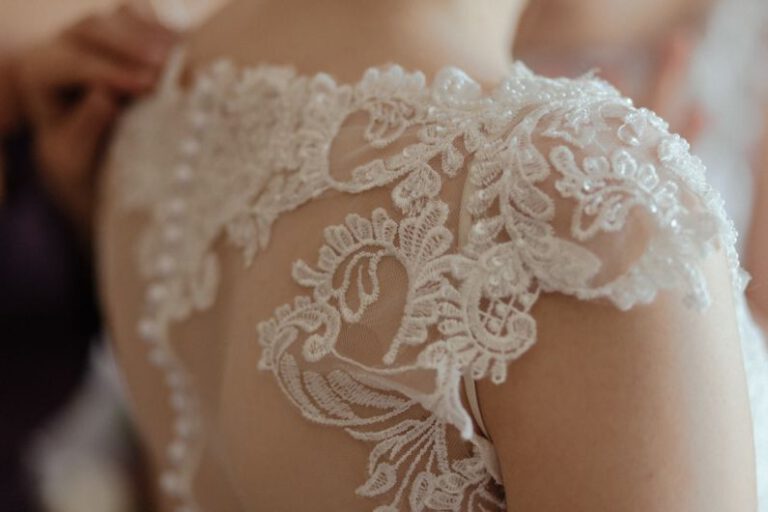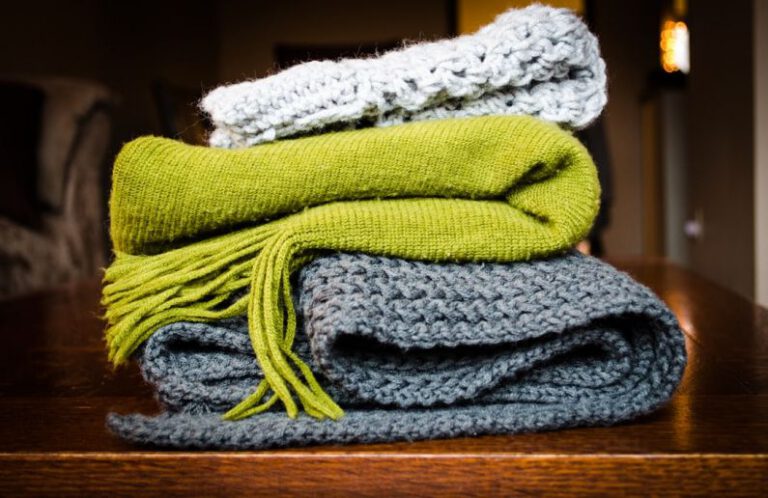Tips for Storing Formal Suits and Dresses
Maintaining the elegance and pristine condition of your formal suits and dresses is essential. Whether you are attending a special event or preparing for a business meeting, it is crucial to have your formal attire ready to wear at a moment’s notice. Proper storage is key in preserving the quality and appearance of your garments. Here are some tips to help you store your formal suits and dresses effectively.
Invest in High-Quality Garment Bags
One of the most important investments you can make for storing your formal suits and dresses is high-quality garment bags. These bags provide protection from dust, moths, and other elements that can harm your clothing. Look for garment bags made of breathable materials like cotton or canvas, as they allow air circulation while keeping your garments safe.
Clean and Dry Before Storing
Before placing your formal suits and dresses in storage, it is essential to ensure they are clean and dry. Any stains or dirt left on the garments can set over time and become more difficult to remove. Therefore, it is recommended to have your attire professionally dry cleaned before storing them. Make sure to follow the care instructions provided by the dry cleaner to maintain the fabric’s integrity.
Use Acid-Free Tissue Paper
To prevent creases and wrinkles, use acid-free tissue paper when storing your formal suits and dresses. Lay a sheet of tissue paper between each layer of clothing to protect delicate fabrics and prevent color transfer. This will also help maintain the shape of your garments and minimize the chances of wrinkling.
Hang Suits on Wooden or Padded Hangers
When hanging your formal suits, choose wooden or padded hangers over wire hangers. Wire hangers can distort the shape of your suits, especially around the shoulders. Wooden or padded hangers provide better support and help maintain the structure of your garments. Additionally, make sure the hangers are the appropriate size for your suits to avoid stretching or sagging.
Fold Dresses Properly
Unlike suits, formal dresses are best stored by folding them carefully. Start by laying the dress flat on a clean surface. Fold the dress in half vertically, ensuring that the shoulder seams align. Then, fold the dress horizontally, bringing the hemline up toward the neckline. Place acid-free tissue paper between the folds to prevent creases. Store the folded dress in a garment bag to protect it further.
Store in a Cool, Dry, and Dark Location
To maintain the quality of your formal suits and dresses, store them in a cool, dry, and dark location. Direct sunlight and fluctuating temperatures can fade the colors and damage the fabric. Avoid storing your garments in attics or basements where humidity levels can be high. A closet or a dedicated storage area with proper ventilation is ideal for preserving the longevity of your formal attire.
Rotate Your Clothing
To prevent any one garment from being stored for an extended period, it is recommended to rotate your clothing. Every few months, take out your formal suits and dresses from storage and inspect them for any signs of damage or discoloration. This will also give you an opportunity to air out the garments and check for any potential moth or insect infestations.
By following these tips, you can ensure that your formal suits and dresses remain in pristine condition for years to come. Investing in high-quality storage solutions and taking proper care of your garments will not only save you money in the long run but also ensure that you always look your best when wearing them. So, take the time to organize your storage space and give your formal attire the attention it deserves.






